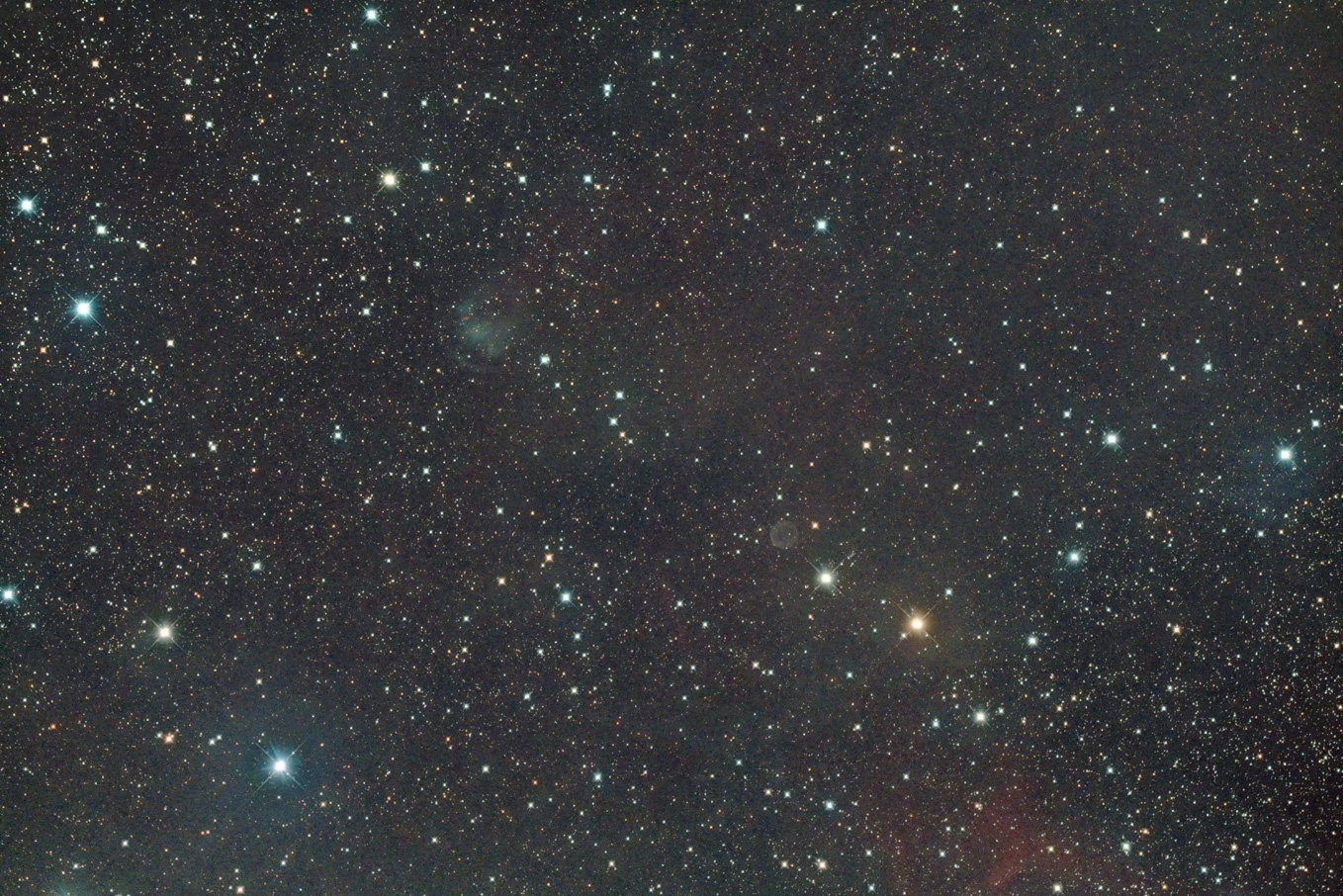
 |
| Date & Time: | Oct 22 2022, from 25:34 to 26:45 JST(+0900) |
| Composed 8 shots with 10 minutes exposed | |
| Optical: | TAKAHASHI 16cm(6.3") epsilon (f=530mm, F3.3) |
| with IDAS LPS-D1 Light-pollution suppression filter | |
| Auto-guided with TAKAHASHI JP Equatorial+SBIG STV | |
| CMOS Camera: | ZWO ASI2600MC Pro (Cooled temp.: -15°C) |
| Location: | Ooizumi, Hokuto city, Yamanashi pref. |
| Camera Settings: | Recording format...16bit FITS, converted to 16bit TIFF(6248×4176) |
| Device Size...23.5×15.7mm, Gain...100 |
|
|
PK131-5.1 |
PK138+4.1 |
| Copyright(c) 2022 by Naoyuki Kurita, All rights reserved. | |||
| To top page | To Deepsky in Autumn index | Cassiopeia |